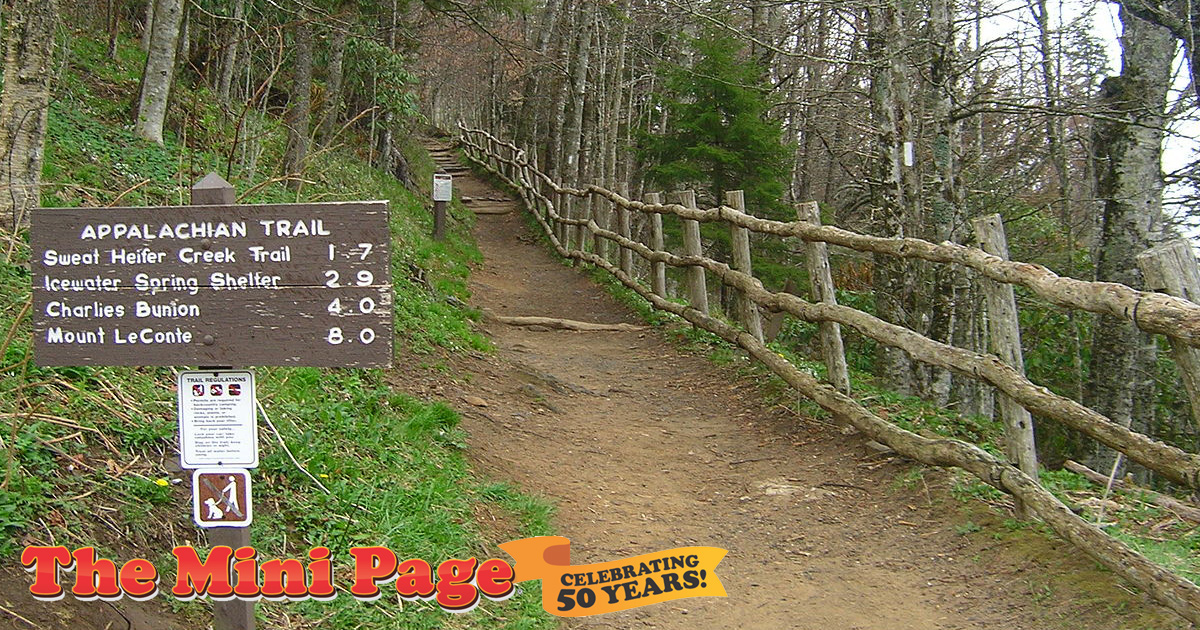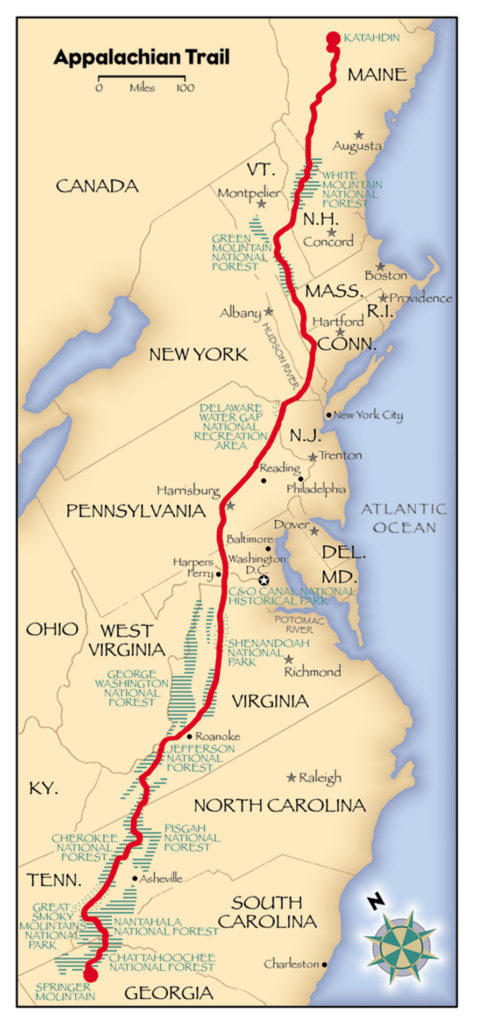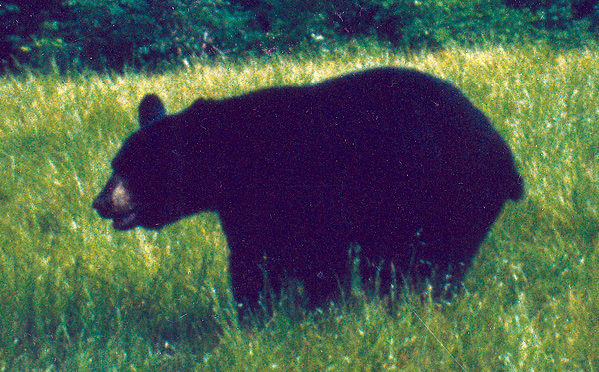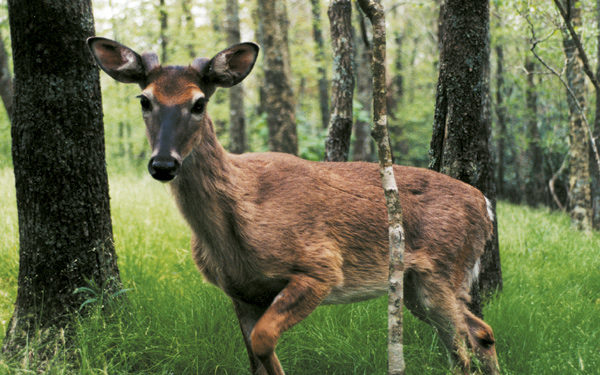
AMP | Kids is proud to announce an ongoing partnership with The Mini Page, now in its 50th year of providing engaging and fun learning opportunities to young readers across the country. This feature was originally syndicated in newspapers the week of August 3 – August 9, 2019. It is distributed digitally here with permission from Andrews McMeel Syndication. Enjoy and share with the young learners in your life!
Up and down mountains from Georgia to Maine snakes a 2,190-mile-long path known as the Appalachian Trail. Winding through 14 states, it is the longest marked hiking-only footpath in the world. Each year, more than 3 million people hike part of the trail. Hiking the entire trail in one trip is called a “thru-hike.” As many as 3,000 people try to do this each year. Only about 700 make it. This hike can take from five to seven months!
Trail history
 The idea to build a trail began with a man named Benton MacKaye. He was a forester and planner. In 1921, he dreamed of a trail stretching the entire length of the Appalachian Mountains. These mountains are one of the oldest chains in the United States. The trail took 15 years to build.
The idea to build a trail began with a man named Benton MacKaye. He was a forester and planner. In 1921, he dreamed of a trail stretching the entire length of the Appalachian Mountains. These mountains are one of the oldest chains in the United States. The trail took 15 years to build.
A group called the Appalachian Trail Conference helped plan and build the trail. Today called the Appalachian Trail Conservancy, this group helps protect and take care of it, working closely with local clubs, the U.S. Forest Service and the National Park Service.
Hiking the trail
- Most hikers who try to walk the entire trail start at Springer Mountain in Georgia.
- Along part of the trail, hikers can have one foot in Tennessee and one in North Carolina. The trail reaches its highest point at Clingmans Dome in the Great Smoky Mountains National Park.
- One-fourth of the entire trail, about 550 miles, lies in Virginia. Only about 3 miles of the trail lie entirely in West Virginia.
- Along some sections, hikers can find rocks with fossils, or skeletons of plants or animals that have been dead for more than 400 million years.
- The trail reaches its lowest point near Bear Mountain in New York. In Maine, Mount Katahdin marks the end of the trail.
Along the way
If you’re on the trail for several months, where do you sleep? Hikers have three choices for sleeping:
• Shelters — There are more than 250 shelters on the trail, about one every 10 miles. Most have three sides, with one side open to the outdoors. There are also cabins that can be rented.
• Tents — Hikers can sleep in tents they carry with them. They can pitch a tent at a shelter or campground.
• Hostels and inns — When hikers get tired of being outdoors, they can stay in a hostel, motel, inn or bed-and-breakfast in towns along the trail. (Hostels are like bunkhouses set up mostly for hikers.)
Leave No Trace
- Plan ahead. If you’re prepared, you’re less likely to need help.
- Stay on the trail and camp in places set aside for that purpose.
- Carry out all trash and food waste.
- Leave what you find.
- Make sure campfires are cold before leaving them.
- Don’t feed or disturb wildlife.
- Be considerate of others.
Resources
On the Web:
At the library:
- Grandma Gatewood Hikes the Appalachian Trail by Jennifer Thermes
- All About the Appalachian Trail by Leonard M. Adkins and Kirsten Halvorsen
Teachers: For standards-based activities to accompany this feature, visit Andrews McMeel Syndication. And follow The Mini Page on Facebook!


